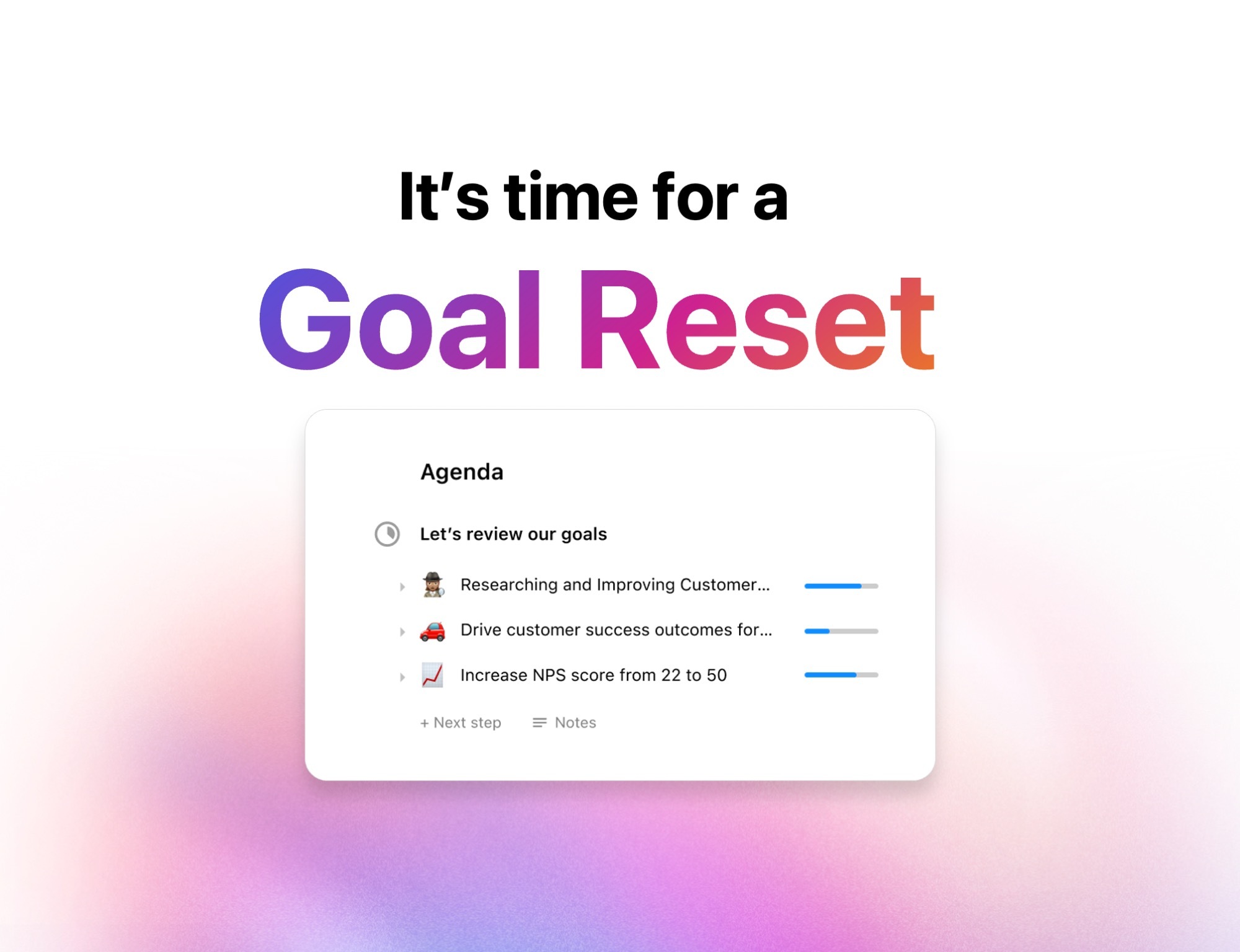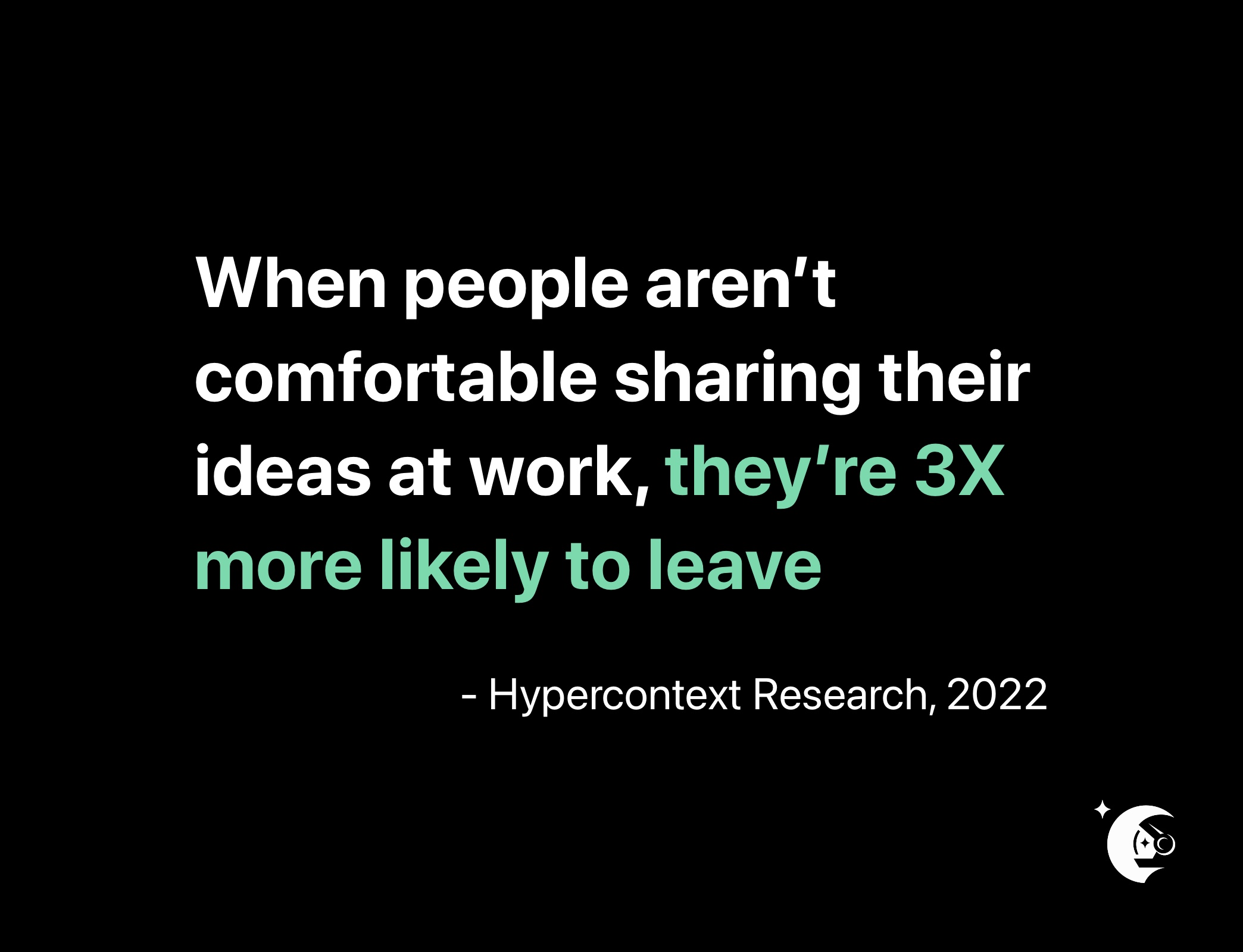Why you need to give your employees feedback (and how to do it)
4 min read
The single most important thing a boss can do is focus on feedback: giving it, receiving it and encouraging it.
A recent survey looked into the feedback practices of 22,000 leaders around the world and found that managers who scored near the top on giving feedback had employees who were three times more engaged. On the flip-side, managers that scored towards the bottom had employees who were three times more likely to think about quitting.
In other words: feedback is not optional.
The single most important thing a boss can do is focus on feedback: giving it, receiving it, and encouraging it.
How to give good employee feedback
We’re huge proponents of the radical candor framework created by Kim Scott. We love how she describes building her career around a simple goal: creating bullshit-free zones where people love their work and working together.
A quick note on word choice: guidance, which is fundamentally just praise and criticism, is usually called “feedback,” but feedback is screechy and makes us want to put our hands over our ears. Guidance is something most of us long for.
In order to provide that guidance, there are two important considerations. The first is caring personally about the person you’re giving feedback to. It’s what Kim calls the “give a damn” axis. The second is the ability to be clear and direct. She calls this the “willing to piss people off” axis. When you have both, you have radical candor, and it’s what you need to strive for.

There’s even an acronym to help you remember what radical candor looks like: HHIPP. Radical candor is:
- Humble
- Helpful
- Immediate
- In Person (in private if it’s criticism and in public if it’s praise)
- Doesn’t Personalize
How to stop giving the wrong type of feedback
Take another look at the radical candor axis above. Any feedback that falls into the green, yellow or blue quadrants is the wrong type of feedback.
- If you’re direct, but don’t care, you fall into the quadrant that Kim calls obnoxious aggression. While it’s not great, it’s still better than not providing any feedback.
- If you don’t care and you’re indirect, you’re being passive aggressive and fall into the worst quadrant: manipulative insincerity.
- The vast majority of feedback mistakes happen in green quadrant: ruinous empathy. Here, someone is trying to be nice in an effort to spare people’s feelings.
That last one is killer. We’ve been conditioned to believe that “if you can’t say something nice, don’t say anything at all.” So in an attempt to be nice, difficult but important feedback is avoided. Ultimately, this is a huge disservice.
During a talk at First Round’s recent CEO Summit, Kim provided an example of how this personally lead to the worst moment in her career:
“There was this guy who was working for me. We’ll call him Bob,” she says. “I really liked Bob. I really wanted to be nice to Bob. The problem was that Bob was absolutely terrible at his job. And he sort of knew it, and would come to me and say ‘oh, I’m worried,’ and I would try to reassure him and buck him up.”
Fast forward 10 months. Kim realized that if she didn’t deal with Bob, she was about to lose a few of her star performers.
“Having tried to be nice to Bob for the last 10 months, having never criticized him because I was trying to be nice, I was now sitting in front of Bob firing him,” she says. “And when I told him, Bob pushed his chair back, looked at me, and said, ‘Why didn’t you tell me?'”
How to make sure feedback is fair
Giving the right type of feedback is key. But making sure your feedback is fair is important too. A German study focused on the link between fairness of feedback and levels of engagement. Not surprisingly, feedback that was seen as unfair led to disengagement.
So what does fairness mean? According to the researchers:
- Fair means properly reflecting the employee’s effort, performance, and results of work.
- Fair relies on accurate information, is free from bias, and is based on adequate procedures.
- Fair is delivered with politeness and respectfulness. No need for elaboration.
- Fair should be sincere and given with adequate explanation.
How to show that you value feedback
This came up again and again when we were reviewing 49 manager READMEs: the best managers don’t just give feedback, they crave it for themselves.
Giving and receiving feedback is a muscle that can be developed like any other skill. Make it a habit – and not a once a year thing done as part of performance reviews. Make it a regular agenda item in your one-on-ones. And while you’re improving your ability to lead and manage people through feedback, you’re also demonstrating that you value feedback within the team.


